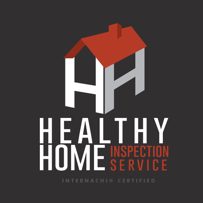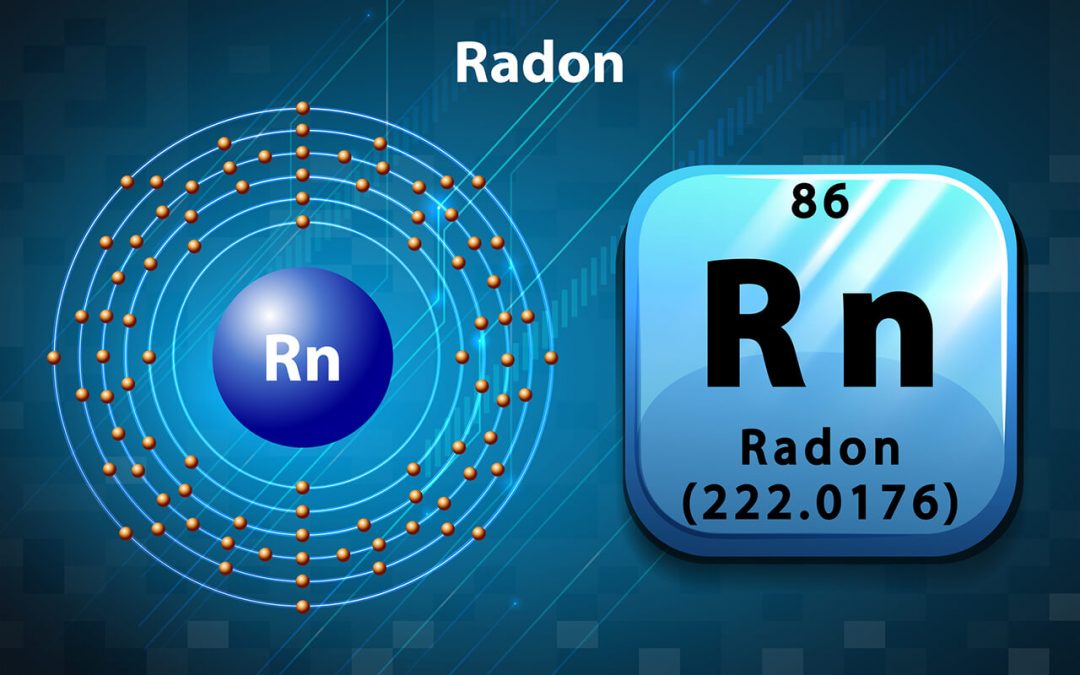Most people are aware of common dangers in the home, such as fire risks. However, radon in the home is often overlooked. Many are not aware of how dangerous radon can be. Others may not understand how radon could get into their home or how it may go undetected. When you learn more about this gas, you will see why you should test for radon in your home.
How to Test for Radon in Your Home
There are a few different ways to test for radon in your home. Professional inspectors use superior equipment to determine if radon is present in elevated levels. You will get the most accurate results by hiring a professional rather than trying to perform a DIY home test. Before you determine which method for radon testing in the home is most well-suited for your situation and budget, you should understand why it is so important to receive an accurate reading.
1. Radon is a Lethal Gas
Many people are familiar with the fatal consequences associated with carbon monoxide poisoning. This gas may result in a quick death. Radon gas can also be lethal, but it is deadly over time. With regular exposure to elevated levels of radon gas, you may develop lung cancer. Radon is a known carcinogen that has been linked to thousands of deaths a year. These deaths could have been prevented through radon testing.
2. Radon Occurs Naturally
Radon is listed on the periodic table of elements as a noble gas. It is created through the decomposition of uranium in the soil and rocks. This decomposition occurs deep underground and radon gas slowly rises. When it rises around your home, it can enter your home through even the smallest cracks in exterior walls, foundation, and other openings. Because of this, any home is subject to radon exposure.
3. Dangerous Levels
In homes that are not well-sealed, some radon gas will escape. This keeps radon levels lower, but any exposure can still be dangerous. Newer homes and renovated homes are generally well-sealed. Because of this, gas can continue to seep in through the foundation and become trapped in the home. When this happens, the radon in a home can reach elevated levels. The EPA considers 4 picocuries per liter or more unsafe to live with and recommends radon mitigation.
4. Clear and Odorless
You may think that you can identify radon as it builds up, but this is not the case. Radon is clear and odorless. Also, most people will not show any symptoms related to direct and immediate exposure. Instead, the carcinogenic gas will impact the body over a period of time to create serious health issues. You must test for radon in order to determine if it is present in your home. This is the first step toward the mitigation process.
If you test for radon and discover that it is a problem in your home, you can take action to reduce radon levels. Hire a radon mitigation company to remove the radon that is present and install a system to prevent more radon from entering and building up in your home. A radon mitigation company will develop a plan to keep your home and family safe from elevated levels of radon.
January is National Radon Action Month. Have your home tested for radon and take action if needed.
Healthy Home Inspection Service provides radon testing to Denver and the surrounding area. Contact us to book your appointment.

